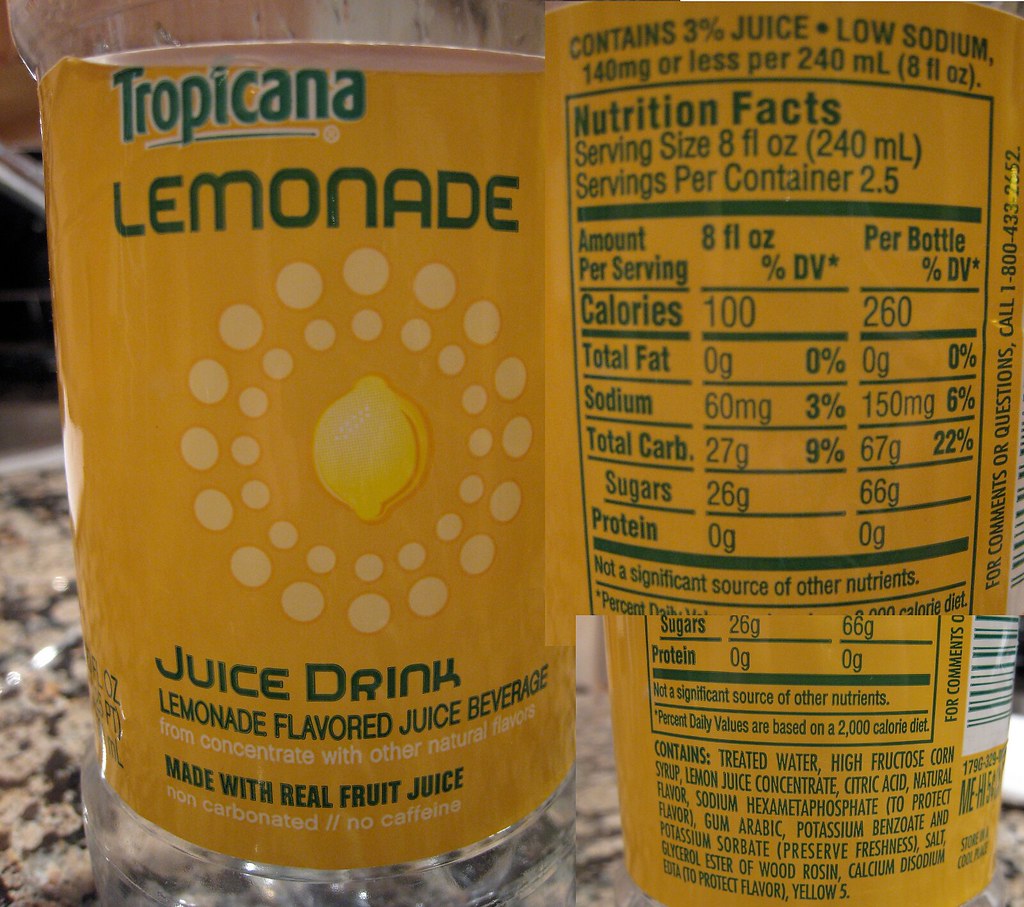As pet owners, we all want our furry friends to live long, healthy lives. Just like humans, pets can suffer from heart disease, which can be caused by a variety of factors including high blood pressure and high sodium intake. While many of us are aware of the importance of a low-sodium diet for ourselves, we may not realize that our pets can benefit from this type of diet as well. In this article, we will explore the benefits of a low-sodium diet for pets and provide tips on how to incorporate this diet into your pet’s lifestyle. So, let’s get started on the path to a pawsitively healthy life for our furry companions!
1. “Furry Friends and Heart Health: The Importance of Low-Sodium Diets”
Maintaining a low-sodium diet is crucial for the overall health of furry friends. High levels of sodium in pet food can lead to various health issues such as heart disease, high blood pressure, and kidney problems. As responsible pet owners, it is essential to ensure that our furry friends are consuming a balanced diet that meets their nutritional needs while keeping their sodium intake in check.
To achieve a low-sodium diet for pets, it is important to read the labels of pet food carefully. Look for brands that offer low-sodium options or consult with a veterinarian to determine the appropriate amount of sodium for your pet’s specific needs. Additionally, incorporating fresh fruits and vegetables into their diet can provide essential nutrients while keeping their sodium intake low. Some great options include sweet potatoes, green beans, and carrots. By making small changes to your pet’s diet, you can help improve their heart health and overall well-being.
2. “Pawsitively Healthy: How to Keep Your Pet’s Heart Strong with Low-Sodium Meals”
Pets are an integral part of our lives, and it is our responsibility to take care of their health. One of the most important aspects of pet health is their heart. A healthy heart ensures that your pet stays active and happy. One way to keep your pet’s heart healthy is by providing them with low-sodium meals. Here are some tips to help you create a pawsitively healthy diet for your furry friend.
– Choose fresh ingredients: Fresh ingredients are always better than processed ones. Fresh fruits and vegetables are rich in nutrients and low in sodium. You can add them to your pet’s meals to make them more nutritious.
– Avoid processed foods: Processed foods are high in sodium and preservatives, which can be harmful to your pet’s health. Instead, opt for homemade meals or high-quality pet food that is low in sodium.
– Use herbs and spices: Herbs and spices are a great way to add flavor to your pet’s meals without adding sodium. Some herbs and spices that are safe for pets include parsley, basil, oregano, and turmeric.
By following these tips, you can create a low-sodium diet that will keep your pet’s heart healthy and strong. Remember to consult with your veterinarian before making any changes to your pet’s diet. A healthy diet, along with regular exercise and check-ups, will ensure that your furry friend lives a long and happy life.
3. “From Kibble to Treats: Tips for Incorporating Low-Sodium Foods into Your Pet’s Diet
When it comes to feeding our furry friends, we want to make sure they are getting the best nutrition possible. However, many pet foods and treats on the market are high in sodium, which can lead to health issues such as high blood pressure and kidney problems. Here are some tips for incorporating low-sodium foods into your pet’s diet:
– Look for low-sodium options: When shopping for pet food and treats, check the labels for sodium content. Look for options that are labeled as low-sodium or have less than 100mg of sodium per serving. You can also opt for fresh fruits and vegetables as treats, which are naturally low in sodium.
– Make your own treats: Making your own treats at home allows you to control the ingredients and sodium content. You can use ingredients such as lean meats, sweet potatoes, and carrots to make tasty and healthy treats for your pet. There are many recipes available online that are easy to follow and use simple ingredients.
By incorporating low-sodium foods into your pet’s diet, you can help them maintain a healthy weight and avoid health issues related to high sodium intake. Remember to always consult with your veterinarian before making any changes to your pet’s diet. In conclusion, a low-sodium diet can greatly benefit your furry friend’s heart health. By making small adjustments to their diet, you can help them live a longer and happier life. Always consult with your veterinarian before making any changes to your pet’s diet, and remember to show them love and affection every day. Here’s to a pawsitively healthy future for your beloved pet!

